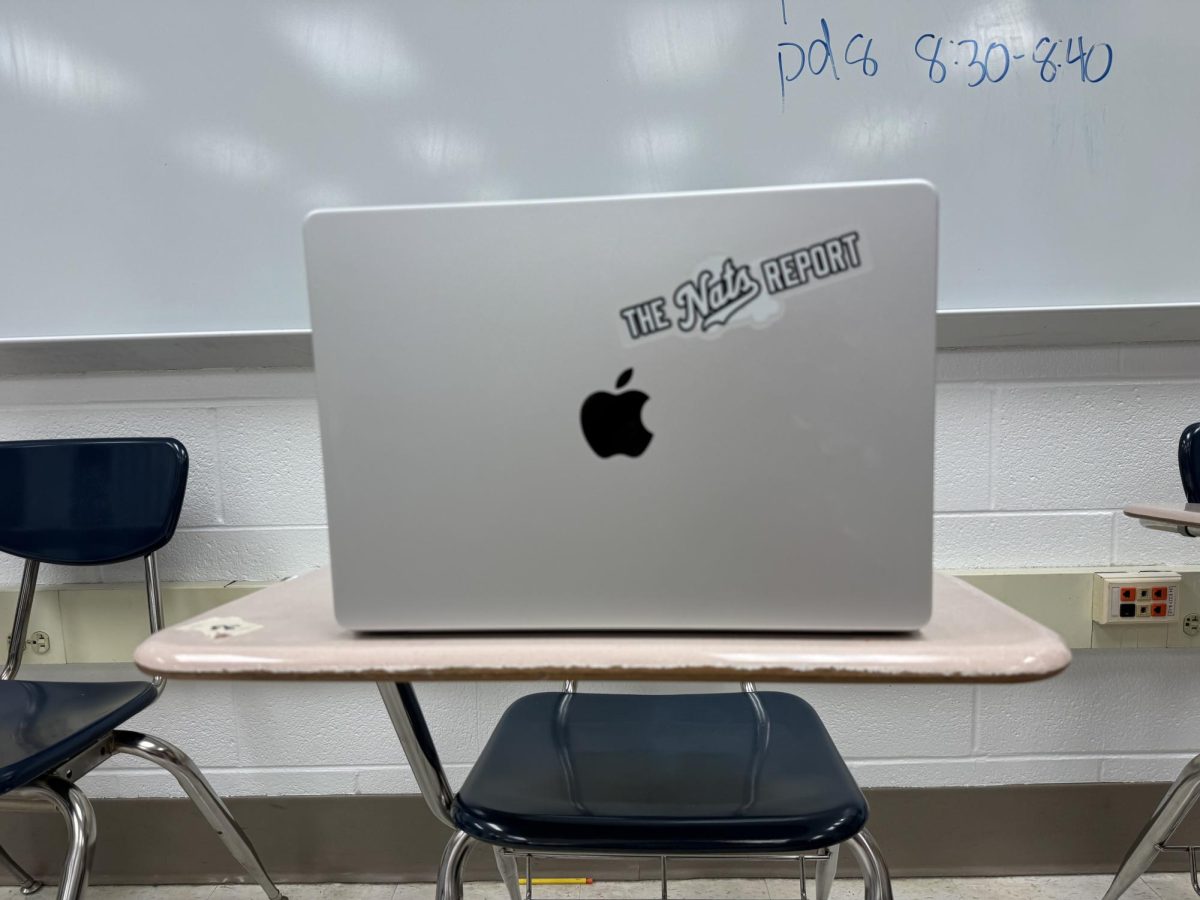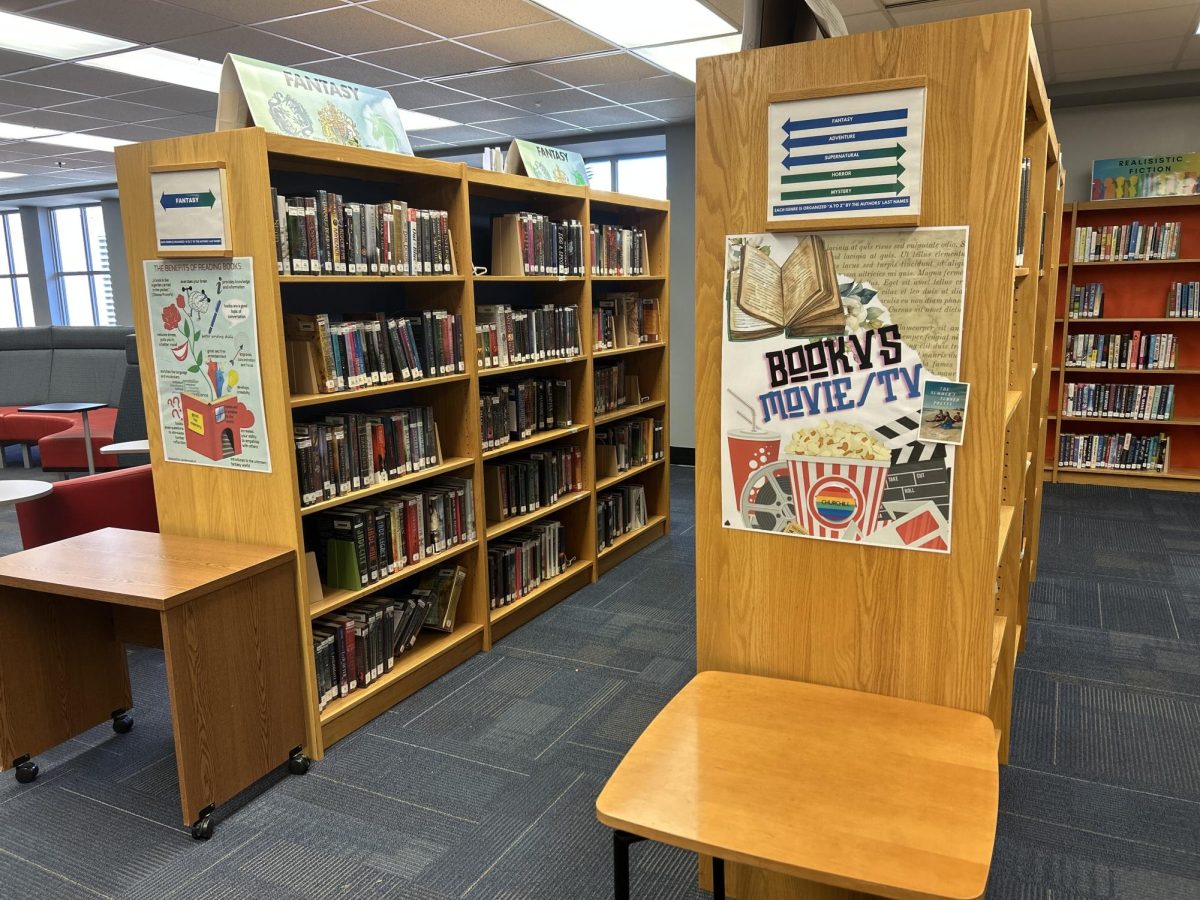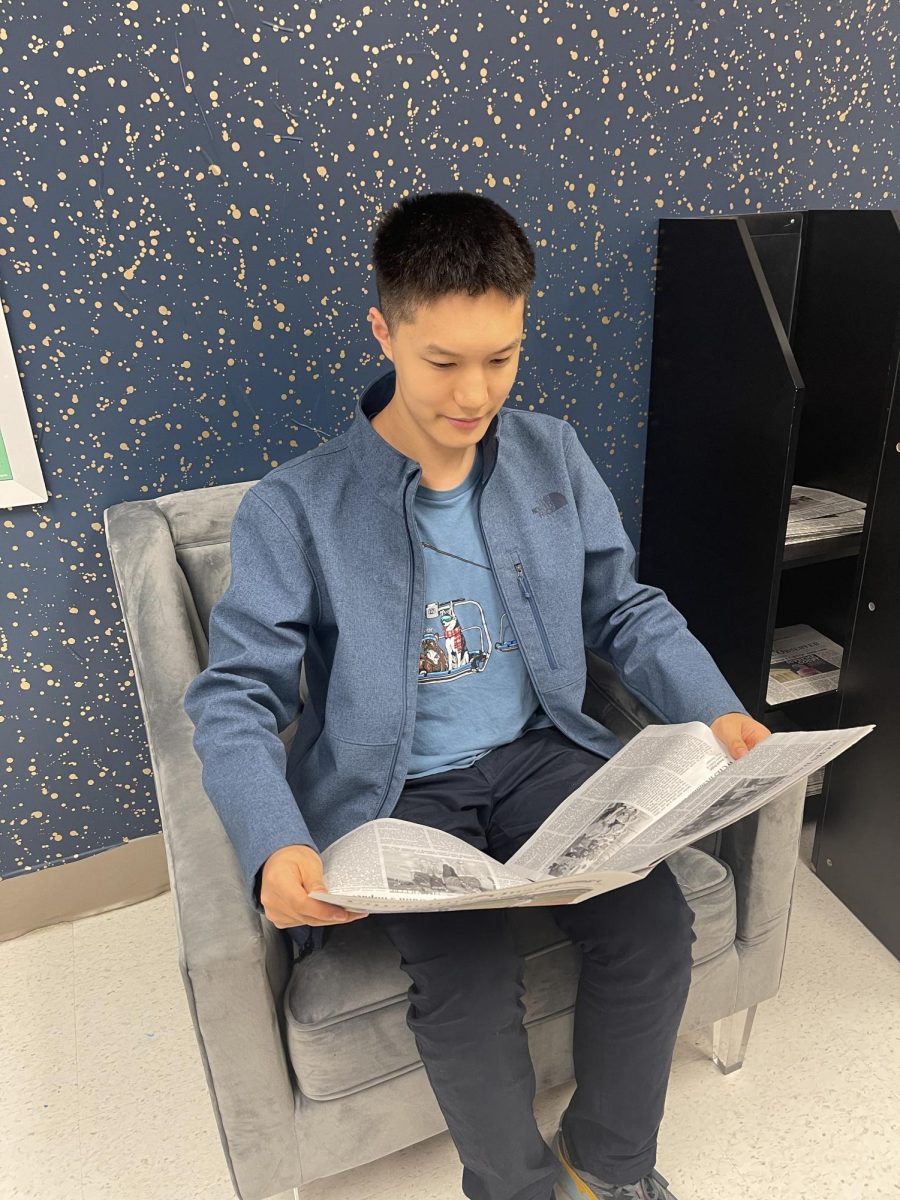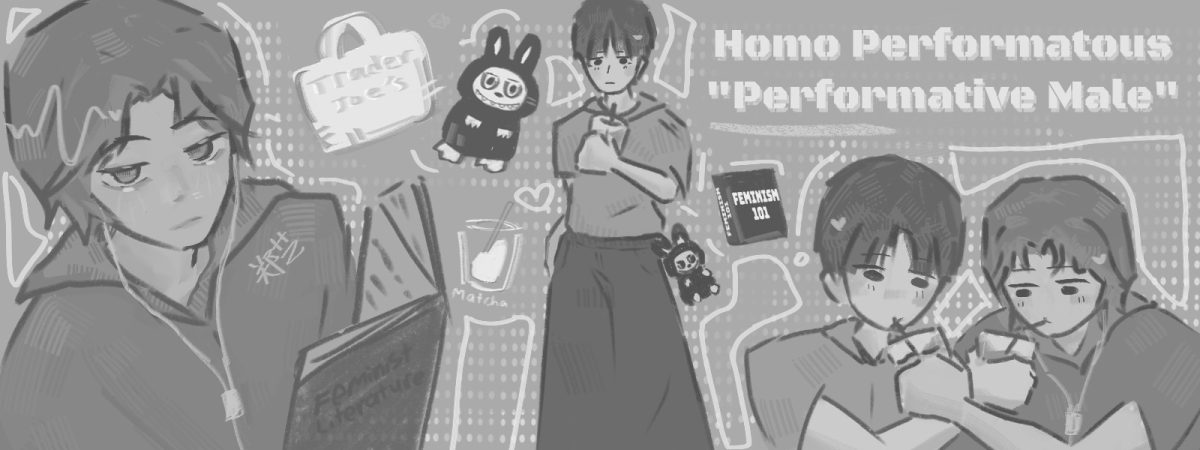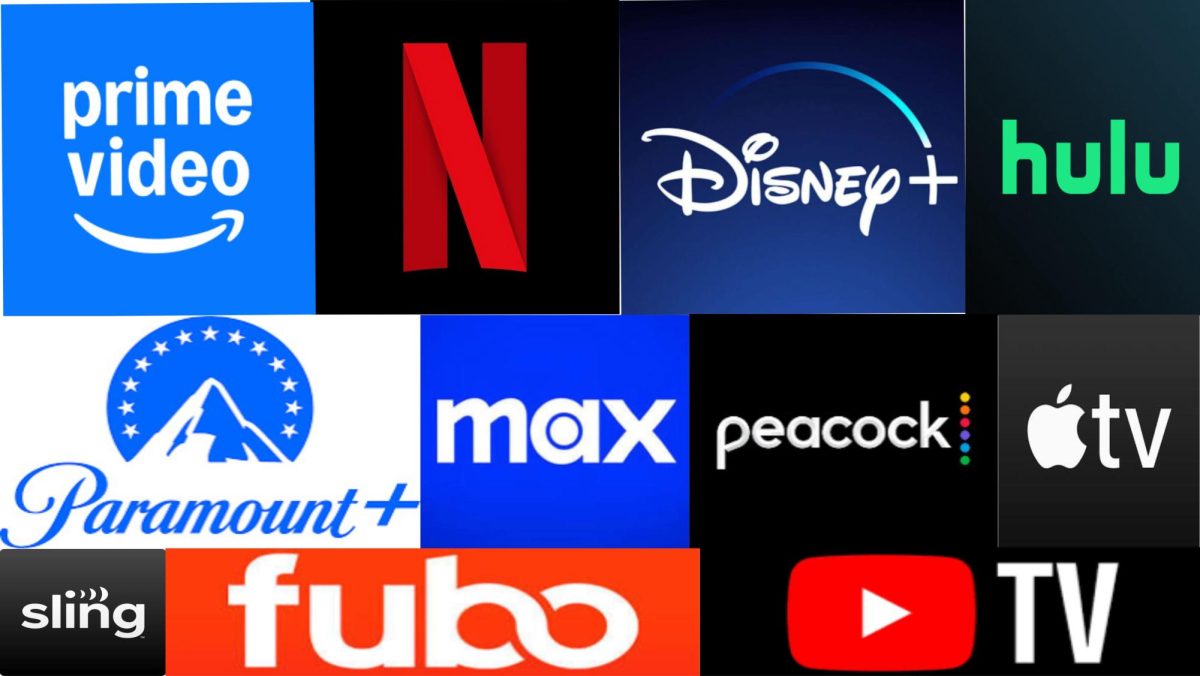When MCPS announced that they had renewed last school year’s PMD policy, many students shrugged. It was frustrating, but not exactly surprising. But then came the twist: a ban on personal laptops in classrooms. Overnight, the one device that helped numerous students think, write, design and organize became contraband. For someone preparing for a future where no professor hands out a district Chromebook and no employer unlocks a loaner on a test day, this new PMD policy feels less like preparation than ever before.
With a little hindsight and a lot of homework done on personal devices–the panic is not just about convenience. It is about readiness. College does not run on county provisioning, it runs on whatever computer you bring and know how to use. The software, shortcuts, file systems, citation tools and privacy settings students master in high school are the same ones they will rely on at 1 a.m. in a dorm or at 9 a.m. in a lecture hall. Banning personal laptops does not just slow them down today; it delays the point at which they learn to operate independently. And independence, not uniformity, is the skill postsecondary education demands.
All for what? Students already live in a world where a single class can require software that can not run on a Chromebook. For example, those with accommodations may need specialized accessibility tools that can not be installed on locked machines. The county’s blanket ban reduces all learning to a Google Doc and a web filter. That is a problem.
Proponents say this is about equity and distraction. Equity matters. But equity does not mean sameness, rather, it is access. If a school-issued device can not run the tools a student legitimately needs, the equitable response is to let the student use the device that achieves that, not to bring everyone down to the lowest common denominator. As for distraction: phones are already in the cubby, but laptops are different. They are where people draft, annotate, compile, rehearse and research. Distraction is, to an extent, a classroom problem, not a hardware problem, and keeping phones out of sight helps teachers manage that.
Strangely, the more the policy tries to move students toward “focus,” the more directionless it becomes in practice. Teachers teach differently; courses require different tools and students learn at different speeds. Yet the county’s rule is one-size-fits-all: the same ban in AP Computer Science as in Studio Art, the same constraints in Calculus as in AP Language. It standardizes inputs while pretending outputs will not suffer. If the goal is authentic learning, why force everyone through the same system?
None of this is to deny that devices can derail a class. But the county already could have better solutions than a ban. A teacher-first framework would look like this: teachers set the device norm for their room; departments define minimum software standards; assessments use locked modes when needed; students sign a device-use contract that specifies when lids are down; violations trigger graduated consequences like the current policy. Pair that with practical supports (charging hubs, clear “device-free” zones for certain activities, and an opt-in whitelist for specialized software) and the result is the focus adults want without sacrificing the autonomy students need.
The county will say the status quo “works.” But “works” for whom? It “works” if the only metric is uniform compliance. It may not work for the coder who can not compile, the designer who can not render, the writer who can not access their paid tools or the student with accommodations tied to software they can not install. It does not work for readiness when the next stop is a world that assumes people can run the tools of their trade on day one.
If the mission is to graduate well-rounded, future-ready people, then this PMD policy should reflect the world students are entering, not the inventory they are managing. Keep phones in the cubby if that makes teaching easier. But allow personal laptops under teacher discretion, anchored by clear norms and real accountability. That is how focus can be taught without flattening individuality. That is how equity can be a floor to stand on, not a ceiling to bump into. And that is how to prepare students for the only test that matters after graduation: doing real work, on real tools, in the real world.


